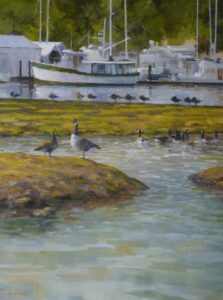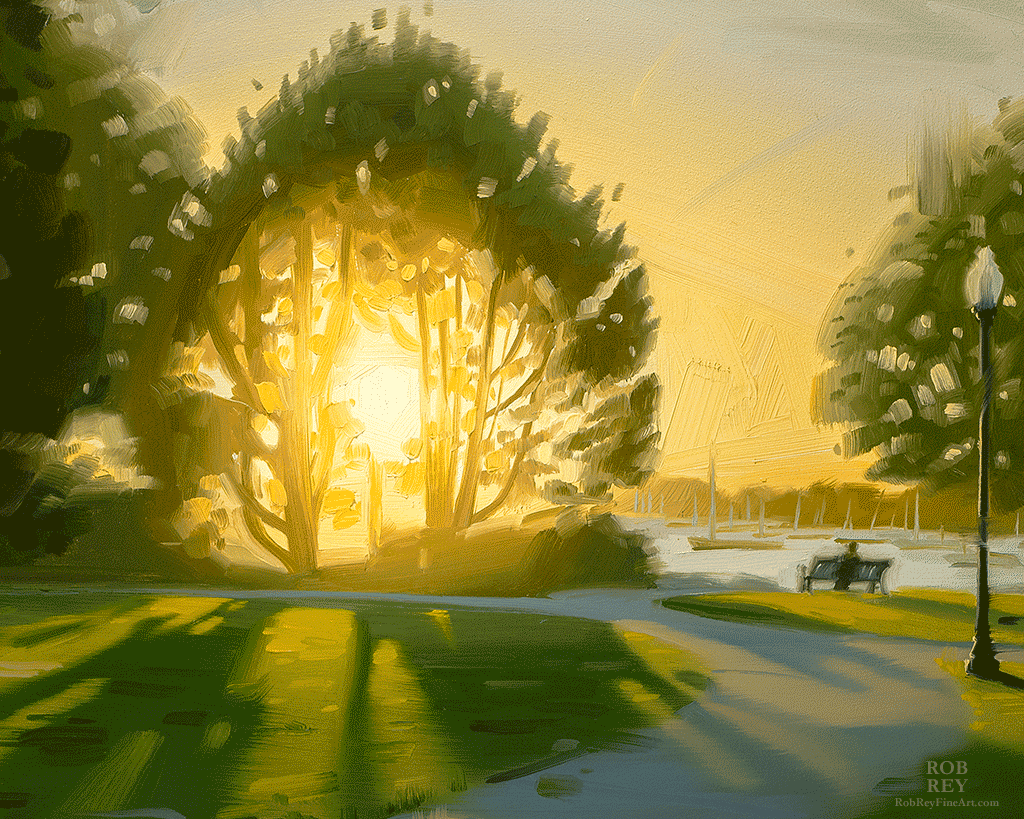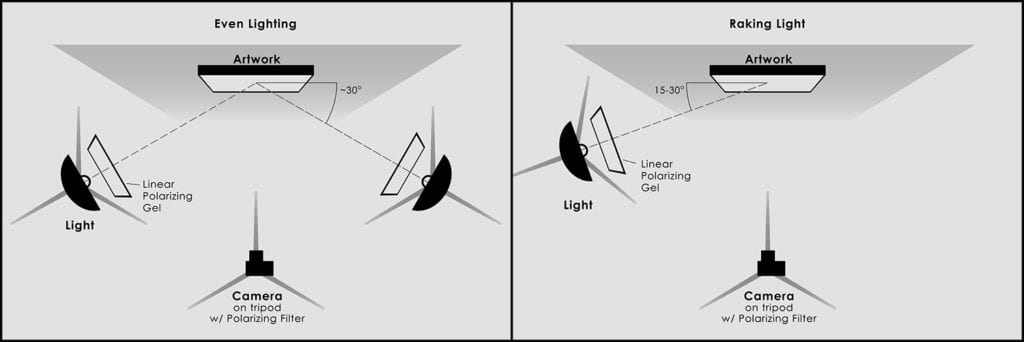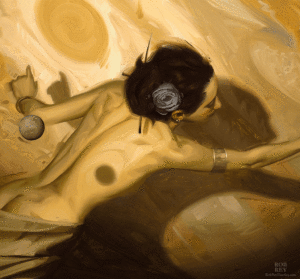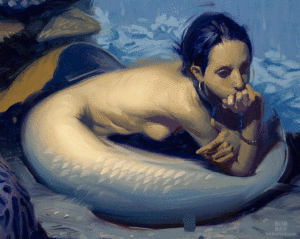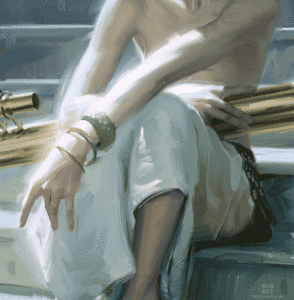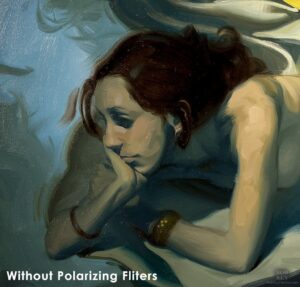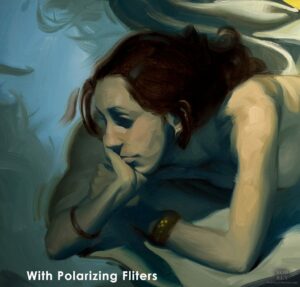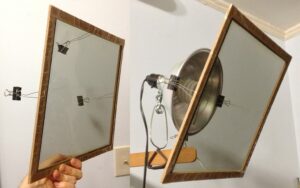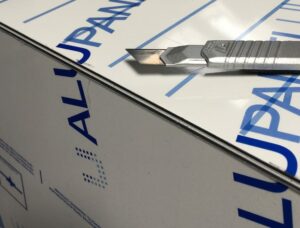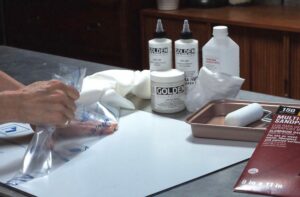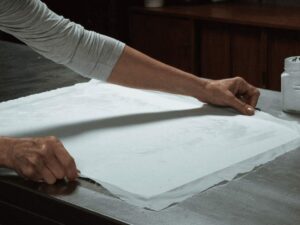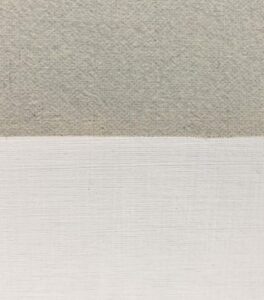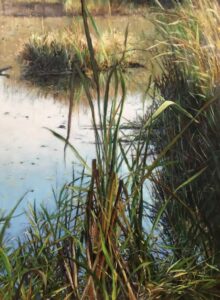I have a ‘might be salvageable’ cupboard where I keep a stack of paintings that didn’t work for one reason or another. I like to play about with them when I have an odd hour here or there. Sometimes adjustments to the colour or values is all that is needed or the brushwork can be cleaned up or the painting is too tight and some bolder brush or knife work might liven it up. Or, at the time, I didn’t have a clear idea how to handle a new subject but later I can see my through it. Of course there are those pictures that just shouldn’t have been started in the first place – the ones where I scratch my head and wonder what ever was I thinking!
The painting below was done from some reference I gathered when visiting with a friend on his boat at a marina in Sidney, a town not too far from my studio. It started life as a 24×18 with a fairly faithful representation of the boats in the background, a lot of rocks and water in the foreground and some geese in the middle bit. It didn’t work. It was boring and it ended up in the reject cupboard. A few months ago, I hauled it out and tackled it again.
I’ll post the new version first followed by the ‘reject’.I invite you to play ‘spot the difference’.
What did I do?
I sorted through my reference files and found another group of boats with the same lighting and, without planning or drawing anything, I started on the right and worked across to the left. First I broke up that dull wall of green with some sky and a suggestion of buildings and added some rocks and beach and then the boats and reflections.
I decided that the large rock, upon which the two geese are standing, was too large and dominated the space so I flattened it. And the row of sleeping geese, which I had once thought made an interesting shape, seemed contrived and had to go. I started replacing them with water and reflections and some more mud but stopped before eliminating all of them. I probably went to make a cup of tea. I’m glad I did because I quite like the two that remain.
I then tried a number of approaches to the bottom third but nothing worked so I stuck a piece of masking tape across it at the 18″ mark. Better. I took out most of the rocks and mud I had painted and went back to a larger area of water to lead into the painting. This time I kept it simpler allowing the top third to draw the eye.Better still.
I think this one can stay out of the cupboard……..

